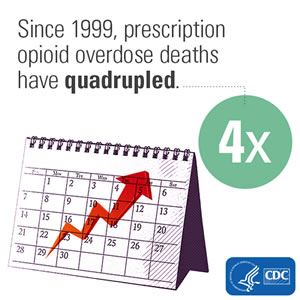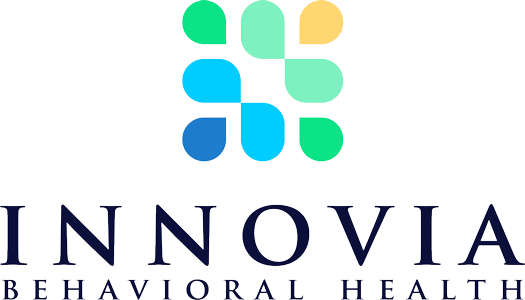Intermittent explosive disorder (IED) is a condition where a person has frequent outbursts. These outbursts can be verbal and/or violent in nature. While no one understands what causes the disorder, it does seem to effect people under the age of forty and is most likely to surface in childhood. Little is known about the problem, therefore many people witness characteristics of the disorder in children and chalk it up to some sort of social problem, instead of acknowledging it as a disorder. And while there is not a lot of research on this problem, a new study has been released that shows people who suffer from IED are more likely to abuse drugs and/or alcohol than those that do not have IED.
“People don’t see this as a medical problem. They think of it as simply bad behavior they have developed over the course of their lives, but it isn’t. It has significant biology and neuroscience behind it,” explained Emil Coccaro, professor of Psychiatry and Behavioral Neuroscience at University of Chicago and one of the authors of the study. In fact, according to recent data, approximately 16 million people in the United States suffer from this disorder. This is especially important as health officials; law enforcement and government leaders are scrambling to figure out an effective solution to the growing drug problem in this country.
The study was performed by using data from the National Comorbidity Survey, a national survey centered around mental health issues in this country. From the information gathered there, researchers were able to note that as a patient’s behavior worsened the tended to use more and more drugs and alcohol. This is likely because patients are seeking a way to control their behavior and are self-medicating with drugs and alcohol. However, researchers also point out that if they are given treatment for their aggression disorder they are less likely to abuse substances.
And while some patients use drugs despite their treatment for IED, the authors state that effective treatment of their disorder could prolong drug use, and make it easier to spot when drug use is occurring.



 Prescription pain medications are highly effective when used as directed. However, opioid painkiller abuse by patients and people other than those for whom the drugs were prescribed is a growing problem in many parts of the US. It can lead to a number of problems, including addiction, overdose, depression and lost productivity at work.
Prescription pain medications are highly effective when used as directed. However, opioid painkiller abuse by patients and people other than those for whom the drugs were prescribed is a growing problem in many parts of the US. It can lead to a number of problems, including addiction, overdose, depression and lost productivity at work.  A lot of times people fail to seek professional intervention help because they feel they can handle the situation on their own. The truth is, very few actually do, despite their best efforts.
A lot of times people fail to seek professional intervention help because they feel they can handle the situation on their own. The truth is, very few actually do, despite their best efforts.